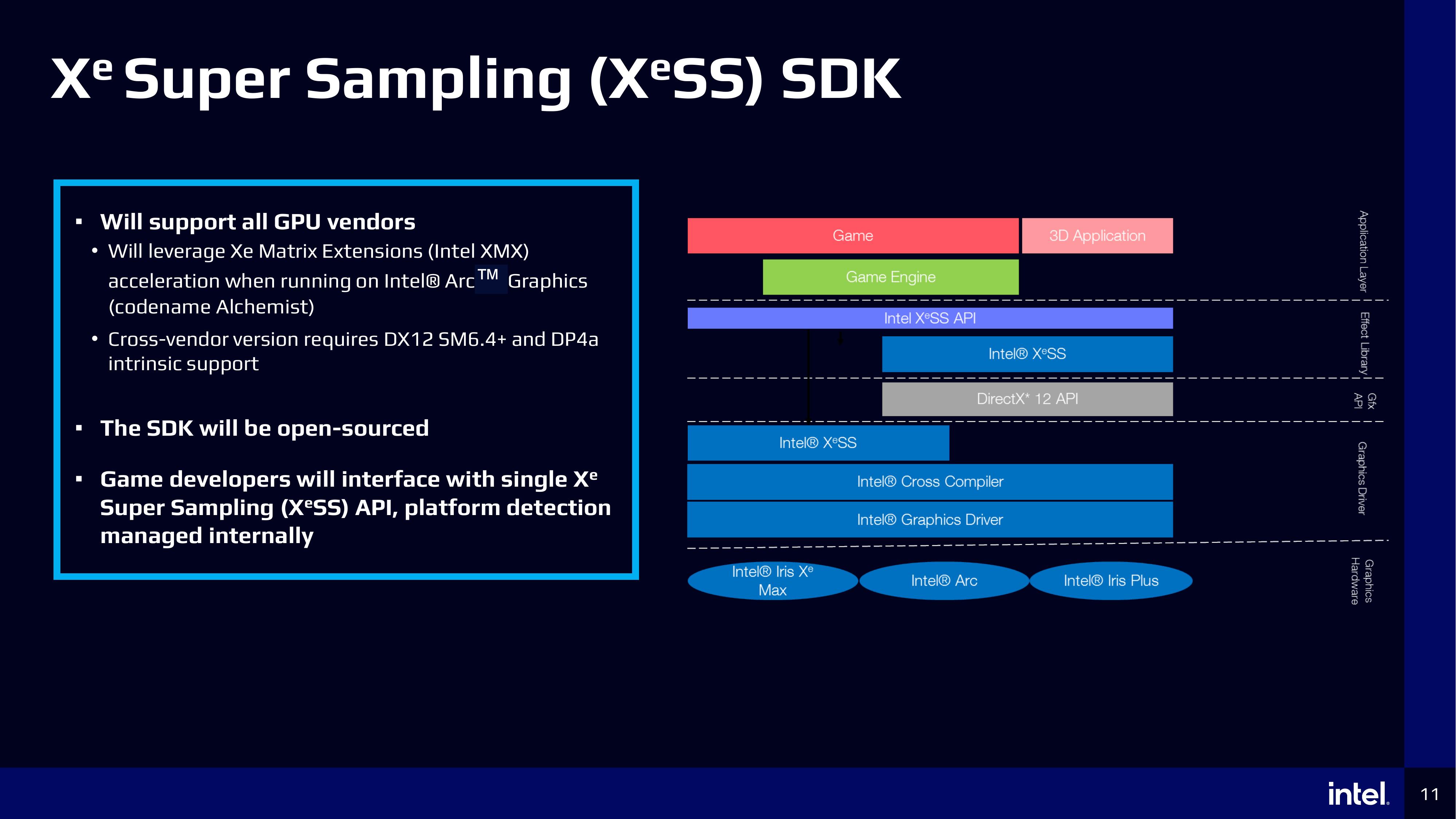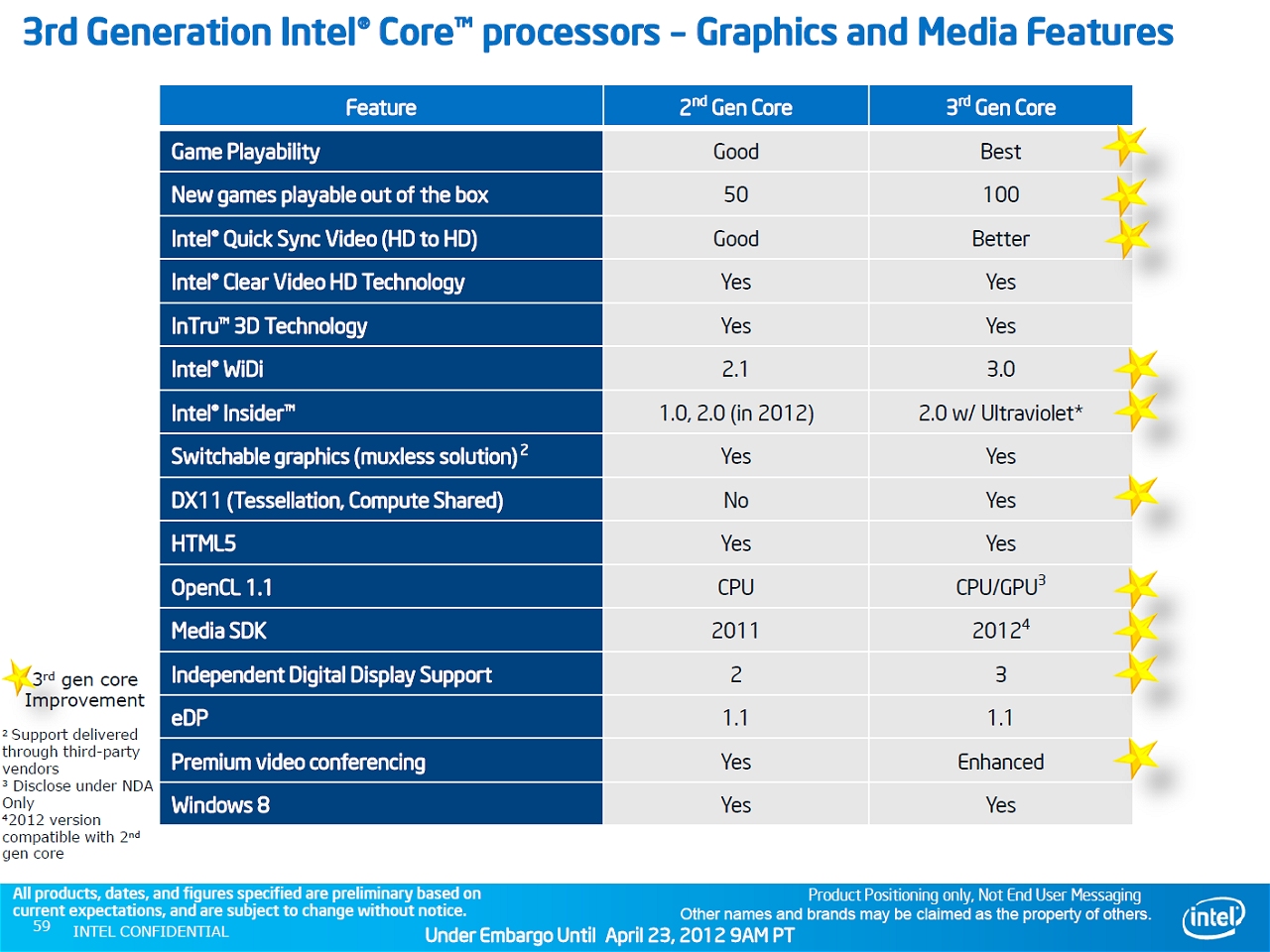

- #INTEL 4000 DOES IT SUPPORT SHADER MODEL 3.0 FULL#
- #INTEL 4000 DOES IT SUPPORT SHADER MODEL 3.0 WINDOWS 8#
- #INTEL 4000 DOES IT SUPPORT SHADER MODEL 3.0 WINDOWS#
Intel HD Graphics 4000/2500 "Ivy Bridge" Surface Pro)ĭirect3D 11 hardware: Shader Model 5.0, hull & domain shaders, mandatory DirectCompute (CS 5.0), 16K textures, BC6H/BC7, all 10_1 features. Xbox One ADK / UWP developers have access to this feature level.ĭirect3D 10.1 hardware: Shader Model 4.1, cubemap arrays, extended MSAA, optional DirectCompute (CS 4.1), all 10_0 features.
#INTEL 4000 DOES IT SUPPORT SHADER MODEL 3.0 FULL#
Intel G965M Express Chipset, HD Graphics "Arrandale/Clarkdale")ĭirect3D 10 hardware: Shader Model 4.0, geometry shader, stream out, alpha-to-coverage, 8K textures, MSAA textures, 2-sided stencil, general render target views, texture arrays, BC4/BC5, optional DirectCompute (CS 4.0), full floating-point format support, all 9_3 features.
#INTEL 4000 DOES IT SUPPORT SHADER MODEL 3.0 WINDOWS#
Windows phone 8.x developers have access to this feature level. Note that the listed video cards are examples and not an exhaustive list of video cards that support that feature level.ĭirect3D 9 hardware: must support Shader Model 2.0 ( vs_2_0/ps_2_0), 2K textures, volume textures, event queries, BC1-3 (aka DXTn), and a few other specific capabilities.ĭirect3D 9 hardware: must support Shader Model 2.0 ( vs_2_0/ps_2_0), occlusion queries, floating-point formats (no blending), extended caps, all 9_1 features.ĭirect3D 9 hardware: must support Shader Model 2.0 ( vs_2_0/ps_2_x) with instancing and additional shader caps, 4K textures, multiple render targets (4 MRTs), floating-point blending (limited), all 9_2 features. Here is the table updated with some new information. In my Gamefest 2010 talk I tried to make this a bit more concrete with a table.
#INTEL 4000 DOES IT SUPPORT SHADER MODEL 3.0 WINDOWS 8#
To support any system running Windows 8 including upgraded machines, you have to support Feature Level 9.1 which may be sufficient for some kinds of applications but not others. For tablet form-factor systems, particularly those running Windows RT, most will be Feature Level 9.1 or Feature Level 9.3 at least in the near-term. With the guidelines presented in the Windows 8 Hardware Certification Requirements document, most new desktop systems sold with Windows 8 will have Feature Level 10.0 or greater hardware–actually most gaming systems are likely to have Feature Level 11.0 or 11.1 even newer laptops with integrated graphics. See the GDC 2012 presentation Developing Metro Style Games on the Full Range of Windows 8 Devices. Metro style apps) as “DirectX 11” the API is required for these applications, but you will see potentially a wide range of feature levels on machines running Windows 8. This is an important topic for Windows Store apps (a.k.a. I’ve also filed a lot of documentation bugs to get this topic well-covered on Microsoft Docs. The concept of feature levels was one of my key talking points for my Gamefest 2010 / GDC 2010 presentation DirectX 11 Technology Update.

DirectX 11.1 supports the same set of feature levels, and adds a new 11.1 feature level. With DirectX 11, we introduced both an 11.0 feature level and the “ 10level9” technology for running on many Direct3D 9 era Shader Model 2.0 and 3.0 parts via the 9.1, 9.2, and 9.3 feature levels.

The concept of Feature Levels was actually introduced back in Direct3D 10.1, but at the time there were only two of them: 10.0 and 10.1. The HLSL shader profiles are designed so that a shader compiled for 4_0_level_9_1 will work on all feature levels, and a shader compiled for 4_0 will work on Feature Level 10.0, 10.1, 11.0, or 11.1 devices to limit the combinatorial explosion problem of shader permutations. This simplifies fallbacks as well, where the application only has to handle a few discrete cases. This makes writing games and applications much simpler, and more importantly if something works for Feature Level X, then you can assume it will work for Feature Level X+1. There are some specific optional features and format usages that may or may not be present (and thus require the use of CheckFormatSupport or CheckFeatureSupport), but most things can just be assumed based on the current device’s Feature Level. An application requests a particular feature level (or a set of feature levels where the application can optionally use more advanced features if present), and the majority of the capabilities are known already. The key to this is the concept of a “Feature Level” for devices which simplifies the old Direct3D 9 “sea of capabilities bits” to an increasingly capable group of level-sets for video hardware. In various forums and discussion threads of late, I’ve seen some confusion about the difference between “DirectX 11” the API and “DirectX 11” the class of video hardware.


 0 kommentar(er)
0 kommentar(er)
